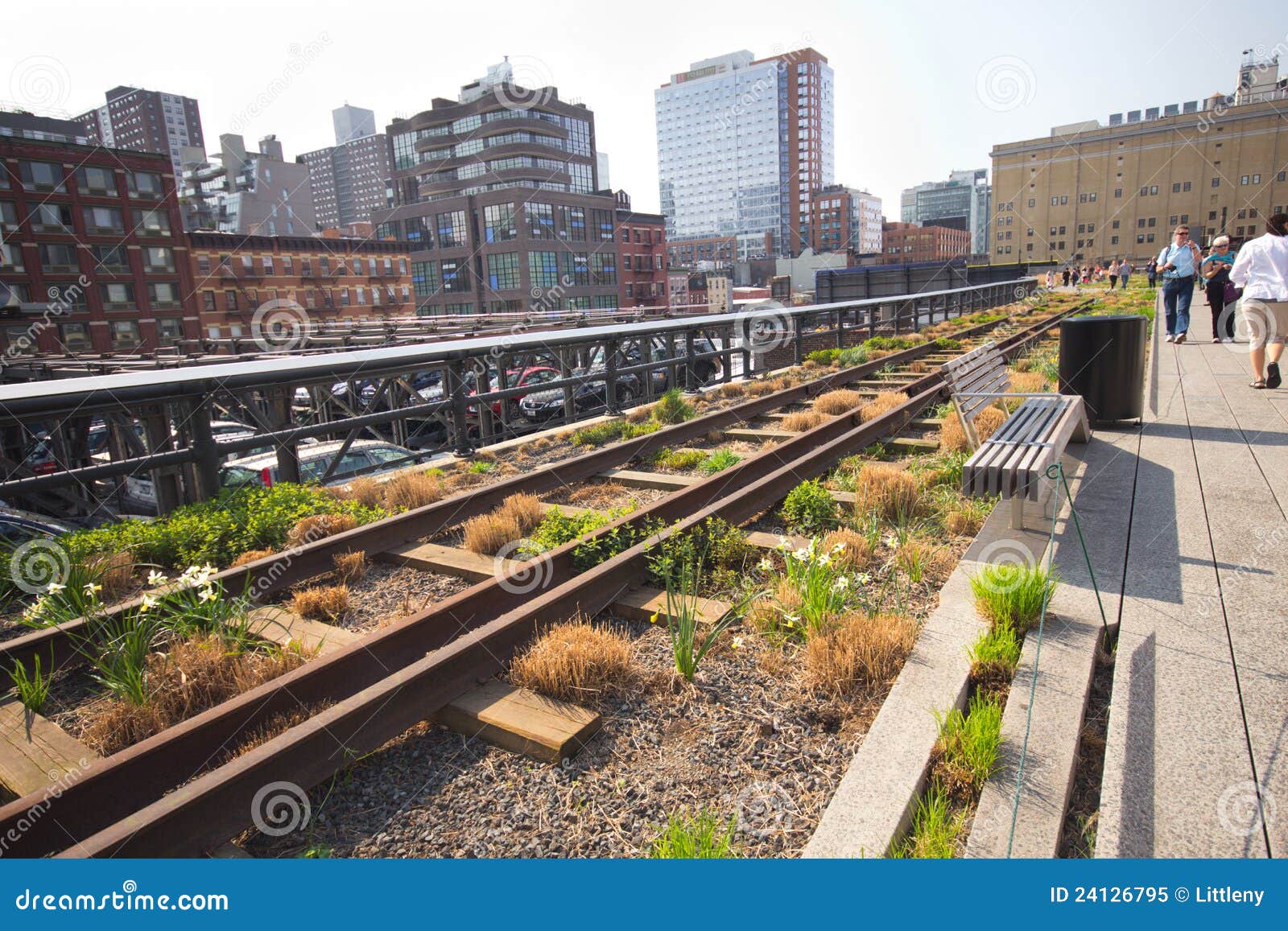Image source: http://indelink.com/wp-content/uploads/2016/08/Charming-Vegetable-Gardening-101-19-With-A-Lot-More-Home-Decor-Arrangement-Ideas-with-Vegetable-Gardening-101.jpg
For those of you who have never attempted growing anything beyond a few token geraniums or hanging planters, food gardens are not that difficult. If you devote some time to planning, you'll be shocked at how easy it is.
Your first consideration should be in the type of plants you want to grow. One tomato plant can yield as much as 10 lbs. of fruit, so you don't need many to get a good return. Plus, depending on the type of plant, allows you to harvest throughout the season. Other plants such as carrots, radishes and corn produce only once.
The varieties you choose will have bearing on the size of your garden and vice versa. You can use a regular plot, or build raised beds, or even fill a balcony with containers of edible plants. Most vegetables require a minimum of 6 to 8 hours of full sun. Much less and they won't be as hearty as well as being susceptible to disease. You can budget your sunny space by placing some vegetables in part sun such as peas, lettuce and spinach.
Your garden will have to be watered regularly, especially during dry spells. You may want to consider using soaker hoses or a sprinkling system set up on a timer.
Good soil will produce a heartier crop of more nutrient rich plants so it's worth spending some effort in this area. Use a moist, well-drained soil that has been fortified with compost. A good way to test it is to soak a small area of soil, wait one day and then dig up a handful. Give it a good squeeze, and if water streams out, you may have a drainage problem that would require adding additional compost or peat moss.
If, when you open your hand, the soil falls apart, not forming a ball, then you may have too much sand. If the ball holds together and doesn't come apart easily, you may have too much clay in the soil. Adding organic compost or peat moss will solve both of these problems. Ideally, you want the soil to form into a ball and break into crumbs when you disturb it.
Garden Design
There are two basic design when planting in the ground versus raised beds or containers row cropping and intensive cropping.
In row cropping, you have number of plants, single file in long rows, with room for walking in between. Although most people automatically plant this way, this style is generally used in large gardens where room is required for large equipment. This design, tends to use up a lot of space for walking paths and this eats away at your planting room.
Intensive cropping is where planting is done in wide bands up to 4 feet across. Since this design reduces the space needed for walking, the planting bands should not be any wider than you can reach to weed your garden.
Another version of intensive cropping, divides the garden into small zones (about 4 x 4 feet), throughout your yard. Depending on the size of plant at maturity, you can use one, four, nine, or 16 plants. If you leave part of the area unplanted, then you can add a second planting when the first is finished. It's common to plant lettuce, radishes, green onions, carrots and beans several times a season.
Raised beds are an excellent planting method, especially if you have poor soil drainage. They also help to keep the weeds down and restrain your plants from creeping into other areas of the garden. An easy way to create the bed is to place your frames right on existing lawn, line with plenty of newspaper and top with soil. The newspaper will break down, and attract worms which will provide plenty of natural fertilizer.
